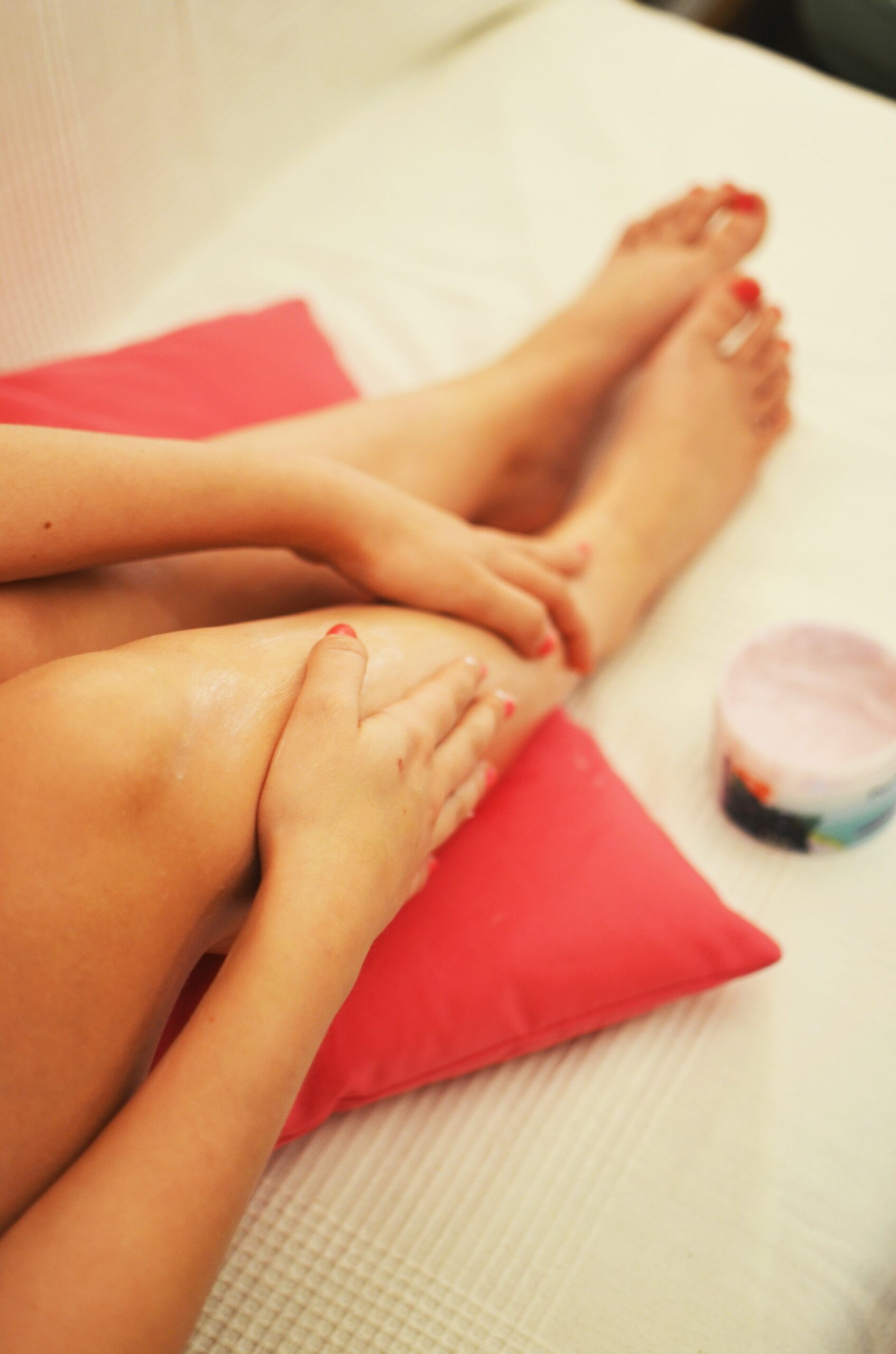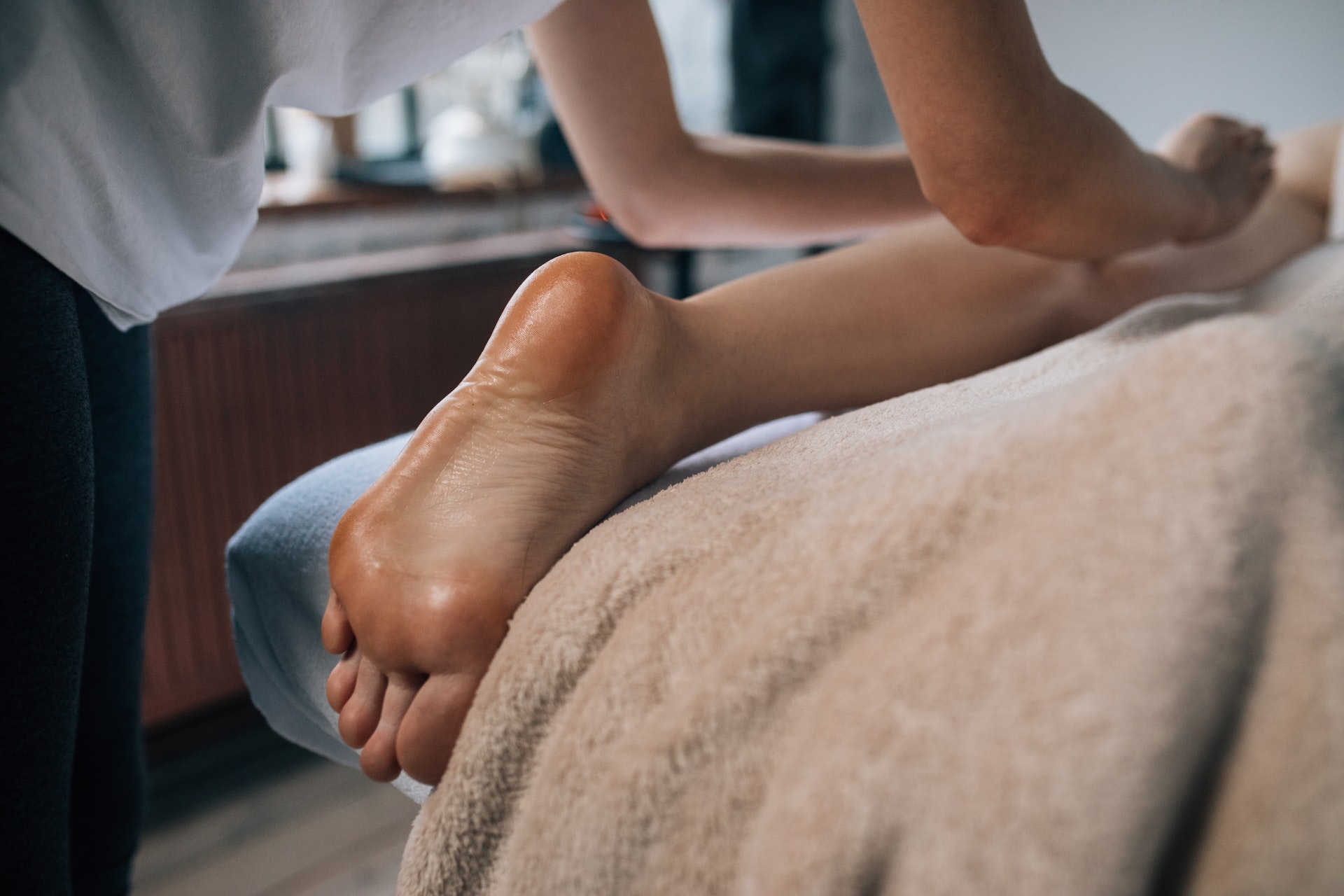Microphlebectomy Treatment for Varicose Veins
Varicose veins, with their twisted and bulging appearance, can cause discomfort and self-consciousness for many individuals. Fortunately, advances in medical technology have led to minimally invasive solutions like microphlebectomy. In this comprehensive guide, we’ll delve into the world of microphlebectomy, covering everything from the procedure to its benefits, candidacy, aftercare, and more.
Exploring Microphlebectomy
Microphlebectomy is a minimally invasive medical procedure to remove varicose veins near the skin’s surface. Also known as ambulatory phlebectomy, this technique allows for the precise removal of problematic veins through tiny incisions.
Unlike traditional vein stripping surgery, microphlebectomy requires only small punctures, minimizing scarring and recovery time.
Key Points About Microphlebectomy


Ideal Candidates for Microphlebectomy
Microphlebectomy is an excellent option for individuals who:
- Have varicose veins near the surface of the skin.
- Desire an improvement in the appearance of their legs.
- Prefer a minimally invasive treatment option.
- Are in generally good health and have realistic expectations.
Beyond Cosmetic Benefits
While many people seek microphlebectomy for cosmetic reasons, it’s essential to recognize that this procedure offers more than just aesthetic benefits. It can significantly improve the quality of life for those experiencing discomfort and self-consciousness due to varicose veins.
What to Expect During Microphlebectomy
The microphlebectomy procedure typically follows these steps:
Consultation
Your healthcare provider will evaluate your veins, discuss your medical history, and determine if you’re a suitable candidate for microphlebectomy.
Preparation
You may be asked to wear loose-fitting clothing and avoid applying lotion or oil to your legs on the day of the procedure.
Local Anesthesia
Local anesthesia is administered to numb the area where the procedure will be performed, ensuring your comfort throughout.
Incisions
Small incisions, often no larger than a few millimeters, are made near the varicose veins to be removed.
Vein Removal
Your healthcare provider will gently remove the varicose veins through the tiny incisions using specialized instruments. The incisions may require a stitch or two, which are usually dissolvable.
Compression
After the procedure, your healthcare provider may apply compression bandages or stockings to aid in the healing process and improve blood circulation.
Recovery
You can usually resume your daily activities shortly after the procedure. However, strenuous exercise and prolonged sun exposure should be avoided for a few days.
Number of Sessions
The number of microphlebectomy sessions required varies from person to person and depends on factors such as the extent of vein damage and the desired results. Some individuals may achieve their desired outcome after a single session, while others may need several treatments spaced a few weeks apart.
The Advantages of Microphlebectomy
Microphlebectomy treatement of varicose veins offers numerous benefits:
Post-Microphlebectomy Care
After undergoing microphlebectomy, it’s essential to follow these aftercare guidelines:
Potential Side Effects
While microphlebectomy is generally safe, some patients may experience minor side effects, including:
Improved Quality of Life
Many individuals find that removing varicose veins significantly improves their quality of life, allowing them to lead more active and comfortable lifestyles.
Serious Complications (Rare)
Severe complications from micro phlebectomy are infrequent but can include:


Maintaining Vascular Health
After completing a micro phlebectomy regimen, many patients enjoy long-lasting results. To maintain vascular health and prevent new issues, consider these tips:
Embracing Vein Health and Confidence
Microphlebectomy represents a cutting-edge and highly effective solution for individuals seeking to address the cosmetic and health-related concerns associated with varicose veins. You can make informed decisions about your vein treatment by understanding the procedure, its benefits, candidacy, aftercare, and potential risks.
If you’re considering micro phlebectomy, consult a qualified healthcare provider or vein specialist to determine if it’s the right option. With this minimally invasive treatment, you can look forward to a life free from the discomfort and appearance of problematic veins. Don’t let varicose veins hold you back—embrace a future with healthier, more beautiful legs and the confidence that comes with them.
Stay Informed
Join our newsletter for the latest in vascular health, tips, and research findings.
